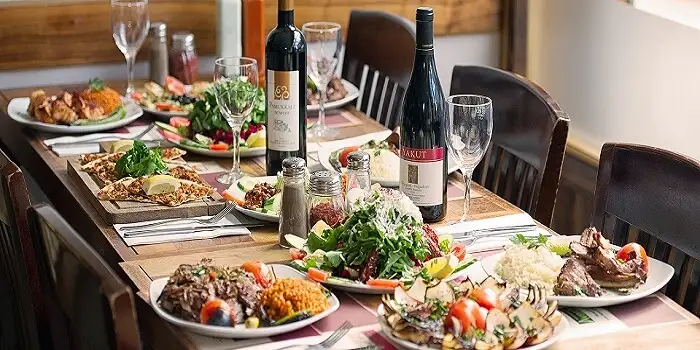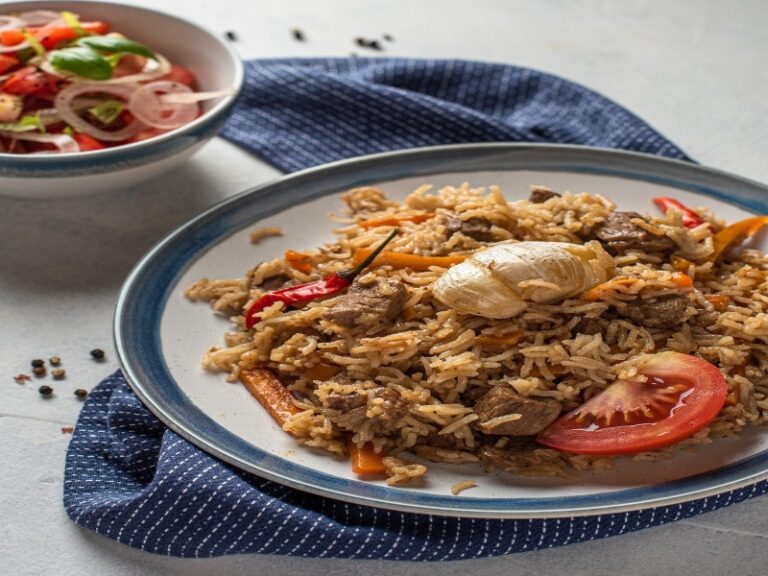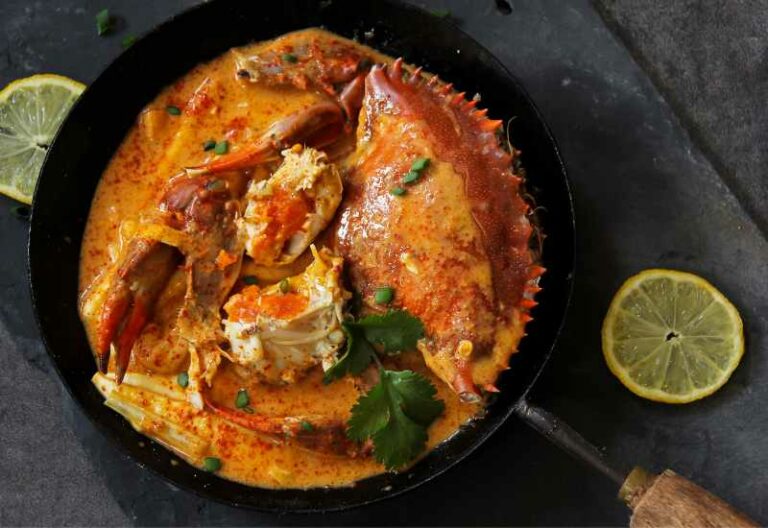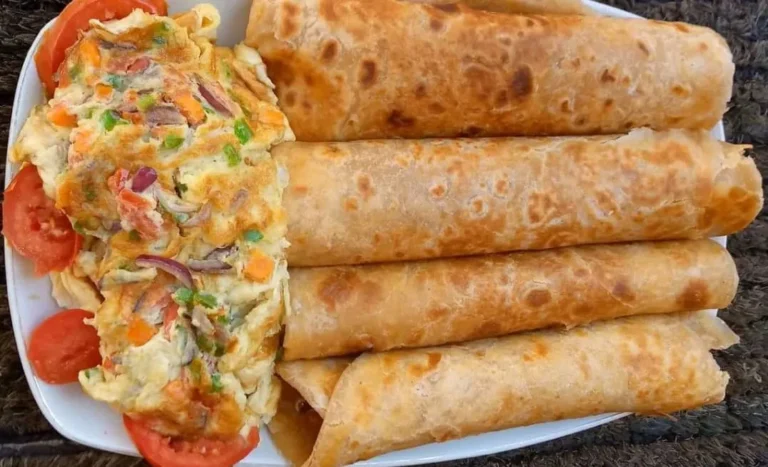Introduction: Trinidadian Desserts
Trinidadian cuisine is renowned for its delectable and diverse flavors. One of the most significant components of Trinidadian cuisine is its desserts. Trinidadian desserts are a unique blend of various cultures that have influenced the island’s cuisine over centuries. The desserts are known for their rich and aromatic flavors, texture, and presentation.
The ingredients used in Trinidadian desserts
Trinidadian desserts are made using a diverse range of ingredients, including coconut, molasses, sugar cane, tropical fruits, and spices. The desserts are often sweet, dense, and rich, reflecting the use of ingredients like condensed milk and evaporated milk. Additionally, the use of local ingredients like cassava and tannia root in some desserts provides a unique and refreshing flavor.
The influence of African and East Indian cultures
Trinidadian cuisine is a fusion of different cultures, with the African and East Indian influences being the most prominent. These influences are reflected in the desserts. African influences can be seen in the use of molasses, which was once a popular slave food, and the use of tropical fruits like mangoes and papayas. East Indian influences can be seen in the use of spices like cinnamon, nutmeg, and cardamom, which are used in desserts like sweet rice and ladoo.
Popular Trinidadian desserts and their unique flavors
Trinidadian desserts have a unique and diverse range of flavors. One popular dessert is the sweetbread, which is a dense, sweet bread made with grated coconut and raisins. Another dessert is the coconut turnover, which is similar to an empanada and is filled with sweetened coconut. The Trinidadian black cake is a rich fruit cake made with rum-soaked fruits, and is a popular dessert during the Christmas season. Additionally, the kachourie is a savory fried dough that is served with tamarind sauce and is a popular street food.
Comparing Trinidadian desserts to other Caribbean desserts
While there are similarities between Trinidadian desserts and other Caribbean desserts, there are also distinct differences. For example, Cuban desserts often use a lot of tropical fruits, while Jamaican desserts are known for their use of rum and spices. Trinidadian desserts, on the other hand, use a mix of tropical fruits, spices, and local ingredients like cassava and tannia root, giving them a unique flavor.
Conclusion: Trinidadian desserts – a flavorful blend of cultures
Trinidadian desserts are a reflection of the island’s diverse history and culture. The unique blend of African and East Indian influences has resulted in desserts with rich and aromatic flavors that are unlike any other in the Caribbean. From sweetbreads to black cake, these desserts are a testament to the creativity and ingenuity of the Trinidadian people.










